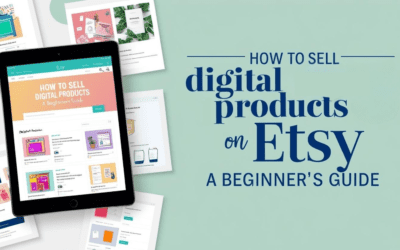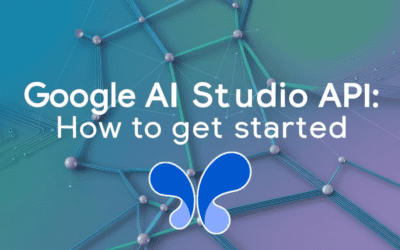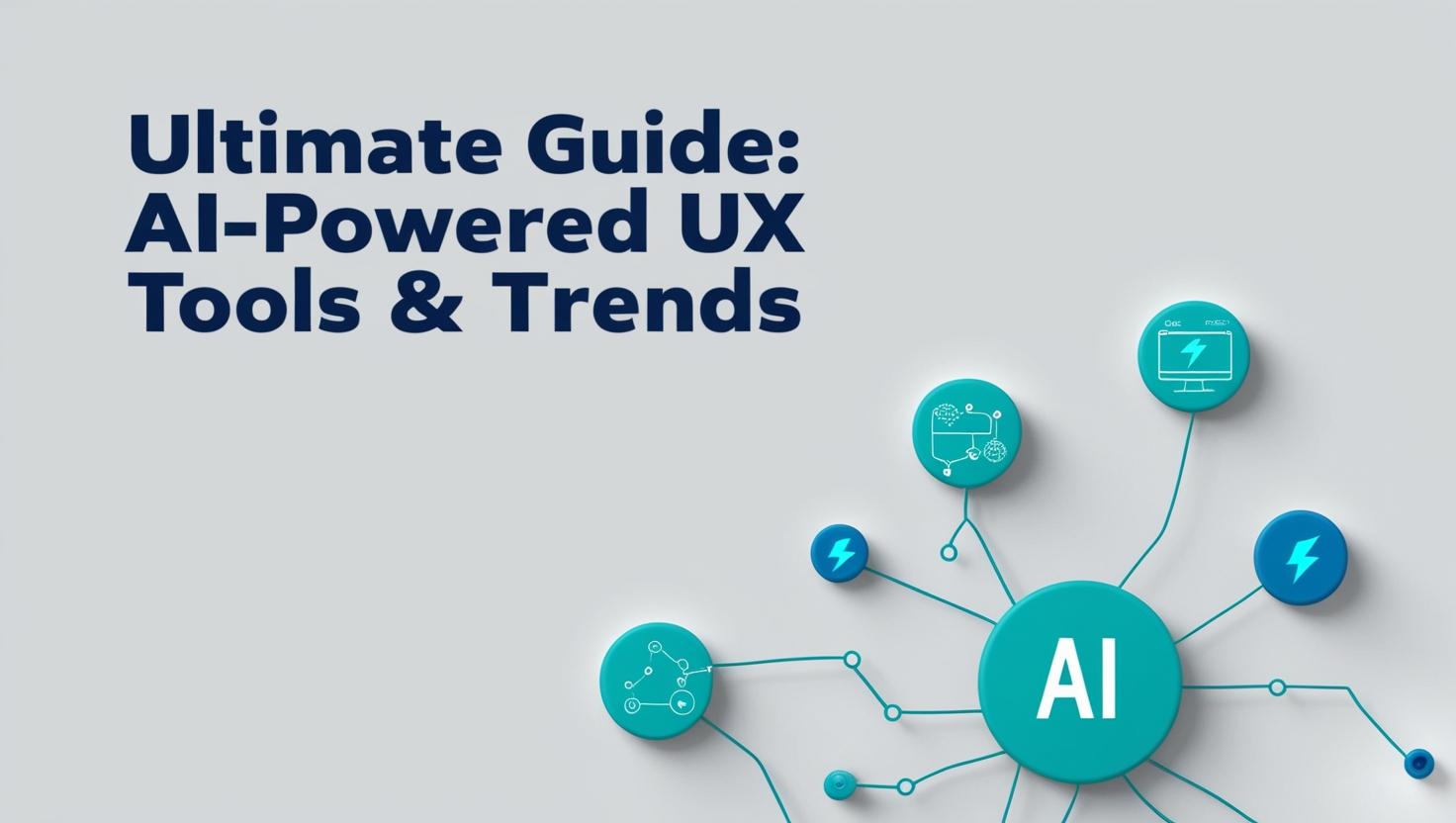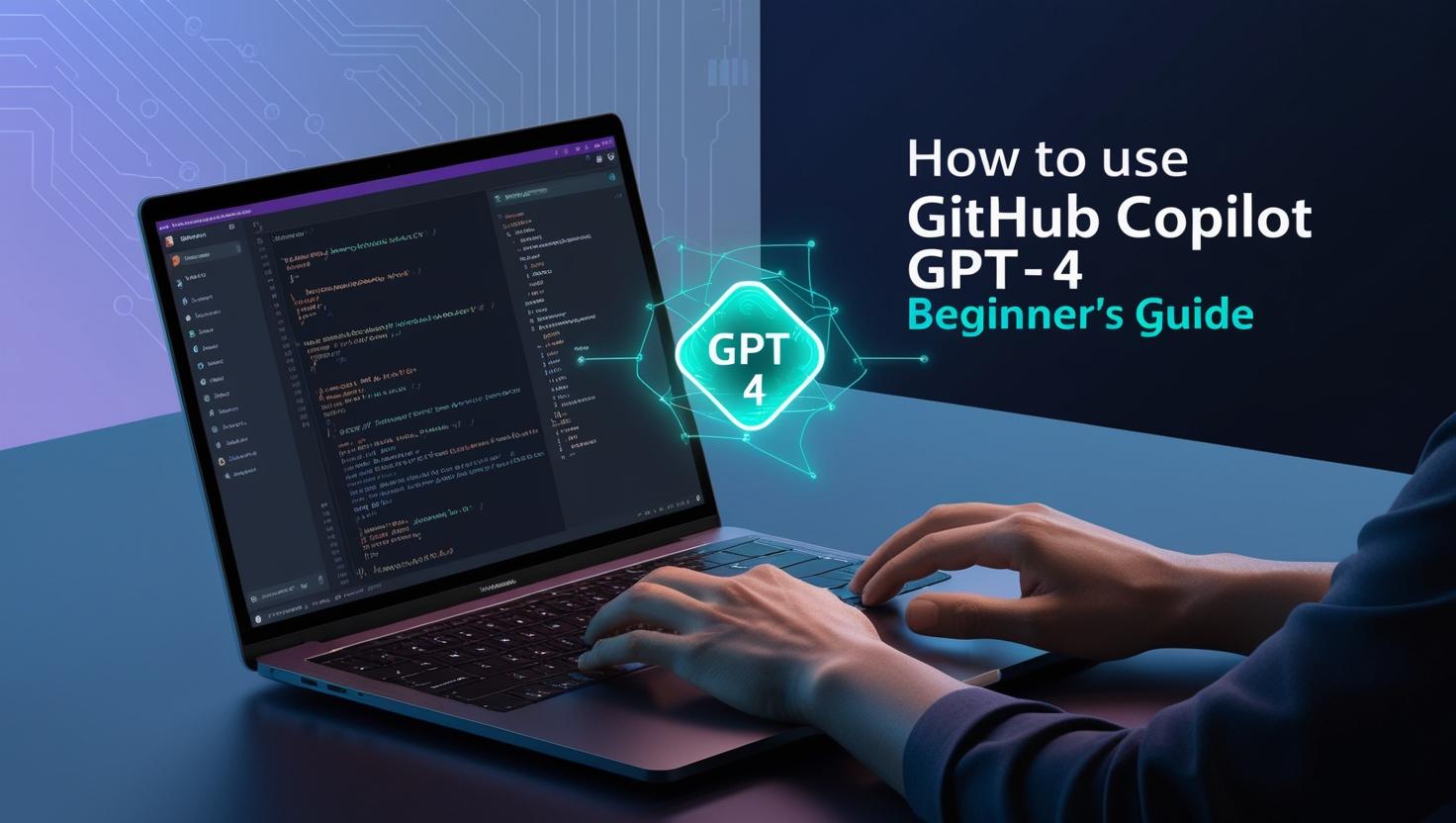AI is transforming user experience (UX) design, enabling faster workflows, hyper-personalization, and data-driven decisions. In 2024, AI-Powered UX isn’t just a buzzword—it’s a necessity for staying competitive. This guide breaks down the latest tools, trends, and strategies to help you harness AI’s full potential.
Why AI-Powered UX Matters in 2024
User expectations are soaring: 88% of users cite poor UX as a reason they’d abandon a brand. AI-Powered UX bridges this gap by automating repetitive tasks, predicting user behavior, and delivering tailored experiences. For example, Netflix’s recommendation engine (powered by AI) drives 80% of watched content, proving how personalization boosts engagement.
Top AI-Powered UX Trends Shaping 2024
1. Hyper-Personalization Through Machine Learning
AI tools like Adobe Sensei analyze user data to customize interfaces in real time. For instance, Spotify’s “Discover Weekly” uses ML to curate playlists, increasing user retention by 30%.
Actionable Insight: Use tools like Dynamic Yield to A/B test personalized layouts based on user demographics.
2. Predictive Analytics for Smarter Design Choices
AI predicts user pain points before they arise. Airbnb employs predictive analytics to streamline booking flows, reducing drop-offs by 15%.
Tool to Try: Hotjar AI identifies friction points in heatmaps and suggests optimizations.
3. Voice & Conversational UI Dominance
Voice searches will hit 8.4 billion daily by 2024. Tools like Amazon Lex help designers build intuitive voice interfaces.
Example: Domino’s “Dom” chatbot increased order accuracy by 25%.
Best AI-Powered UX Tools to Try Now
| Tool | Use Case |
|---|---|
| Figma AI | Auto-generate responsive layouts |
| UXPin Merge | Convert prototypes to code |
| ChatGPT-4 | Draft user personas & microcopy |
| Crazy Egg | Track user behavior with AI insights |
Pro Tip: Use Uizard to turn sketches into wireframes in seconds.
Overcoming AI-Powered UX Challenges
Ethical Design & Data Privacy
While AI unlocks personalization, 62% of users fear data misuse. Always prioritize transparency—tools like OneTrust ensure GDPR compliance.
Balancing Automation & Human Touch
AI can’t replace empathy. Pair tools like UserTesting AI with real user feedback to maintain emotional resonance.
The Future of AI-Powered UX
By 2025, Gartner predicts 40% of UX teams will use AI as a core design partner. Expect advancements in AR/VR interfaces and emotion-sensing AI.
Final Thoughts
Adopting AI-Powered UX tools isn’t optional—it’s essential for delivering standout digital experiences. Start small: test one AI tool this quarter, measure its impact, and scale strategically.


















